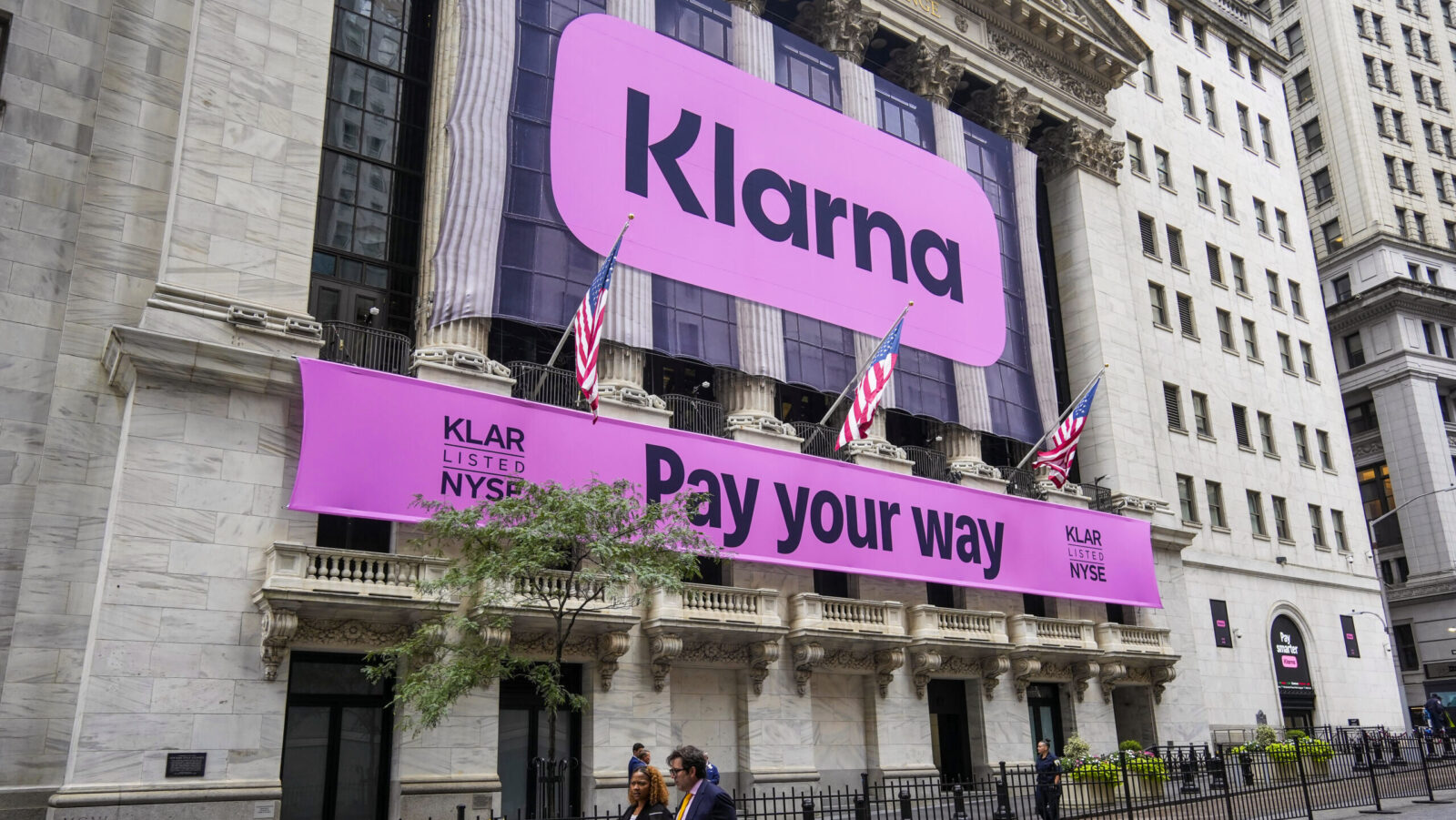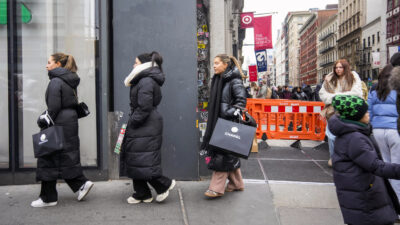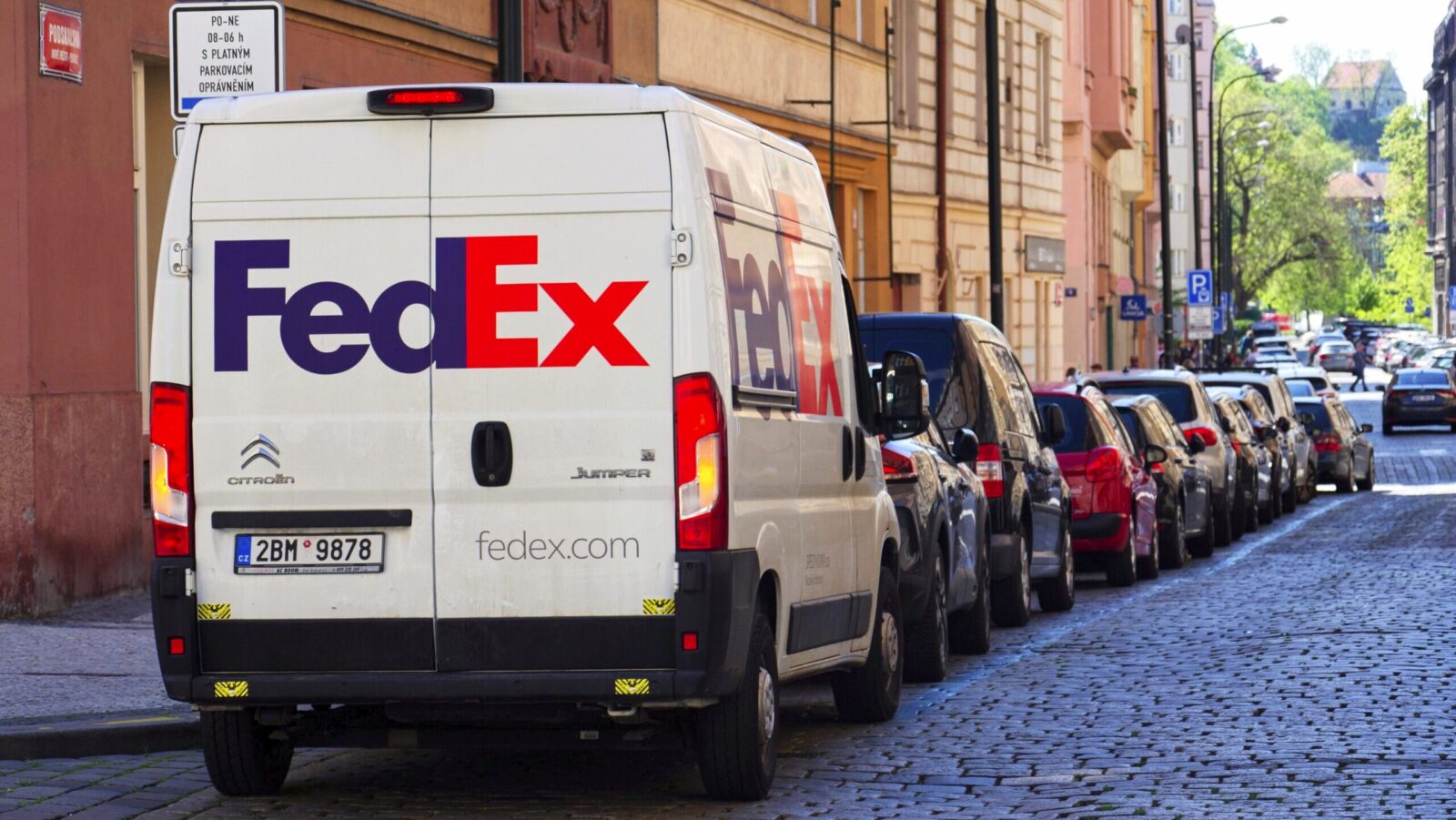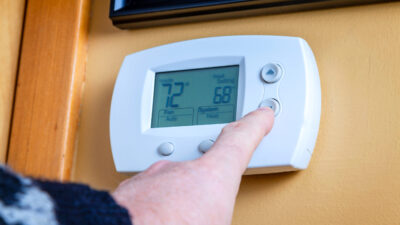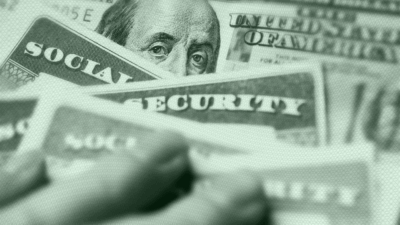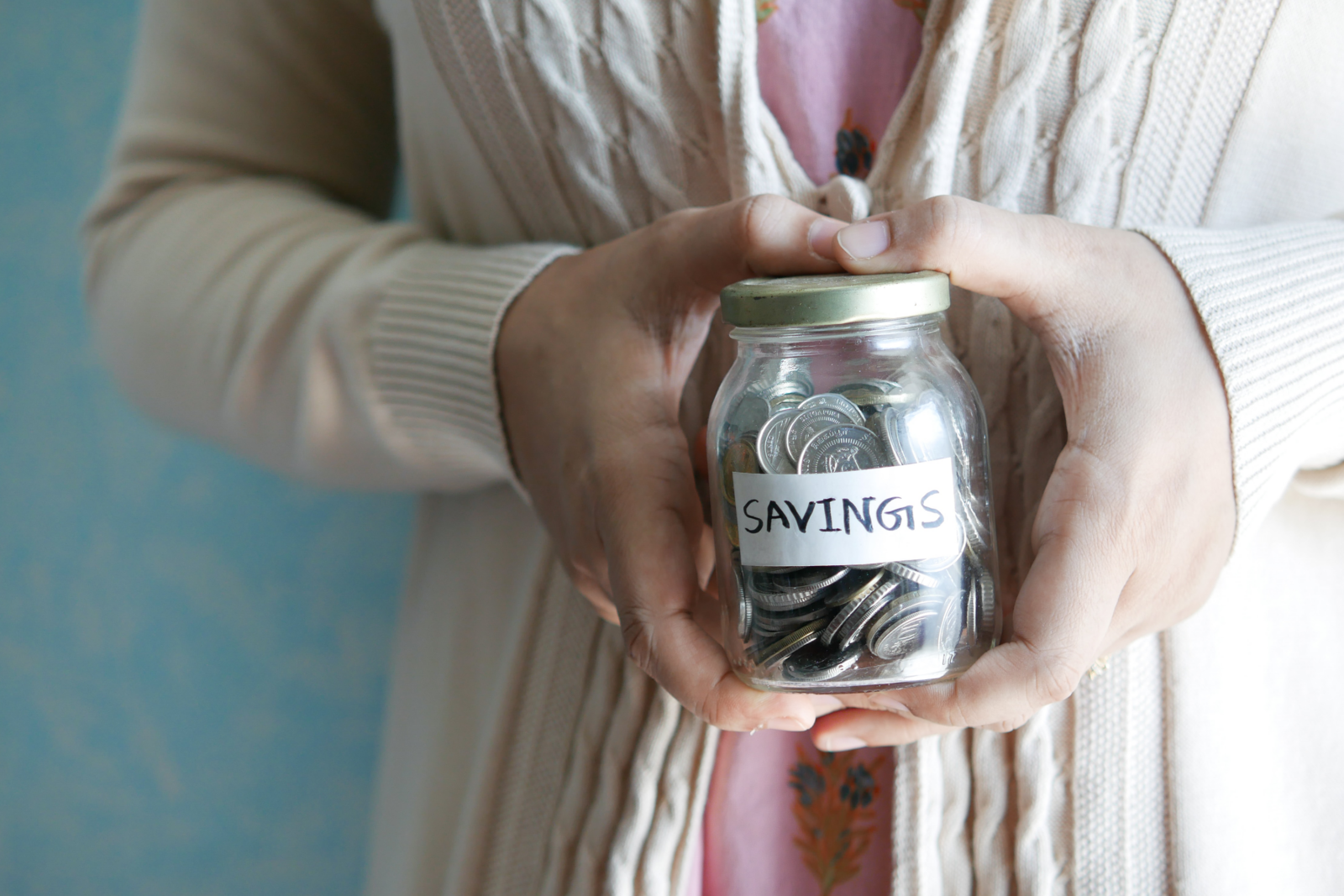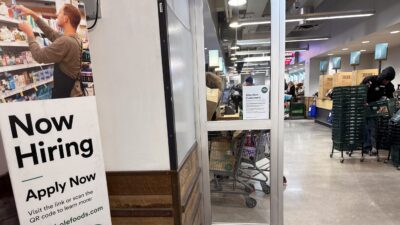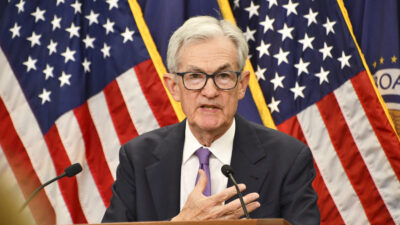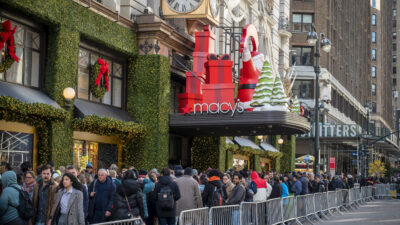US Trade Truce With China Sends Stocks Surging Higher
Some enterprising Chinese exporters have found ways to get around tariffs amid the standoff between Washington and Beijing.
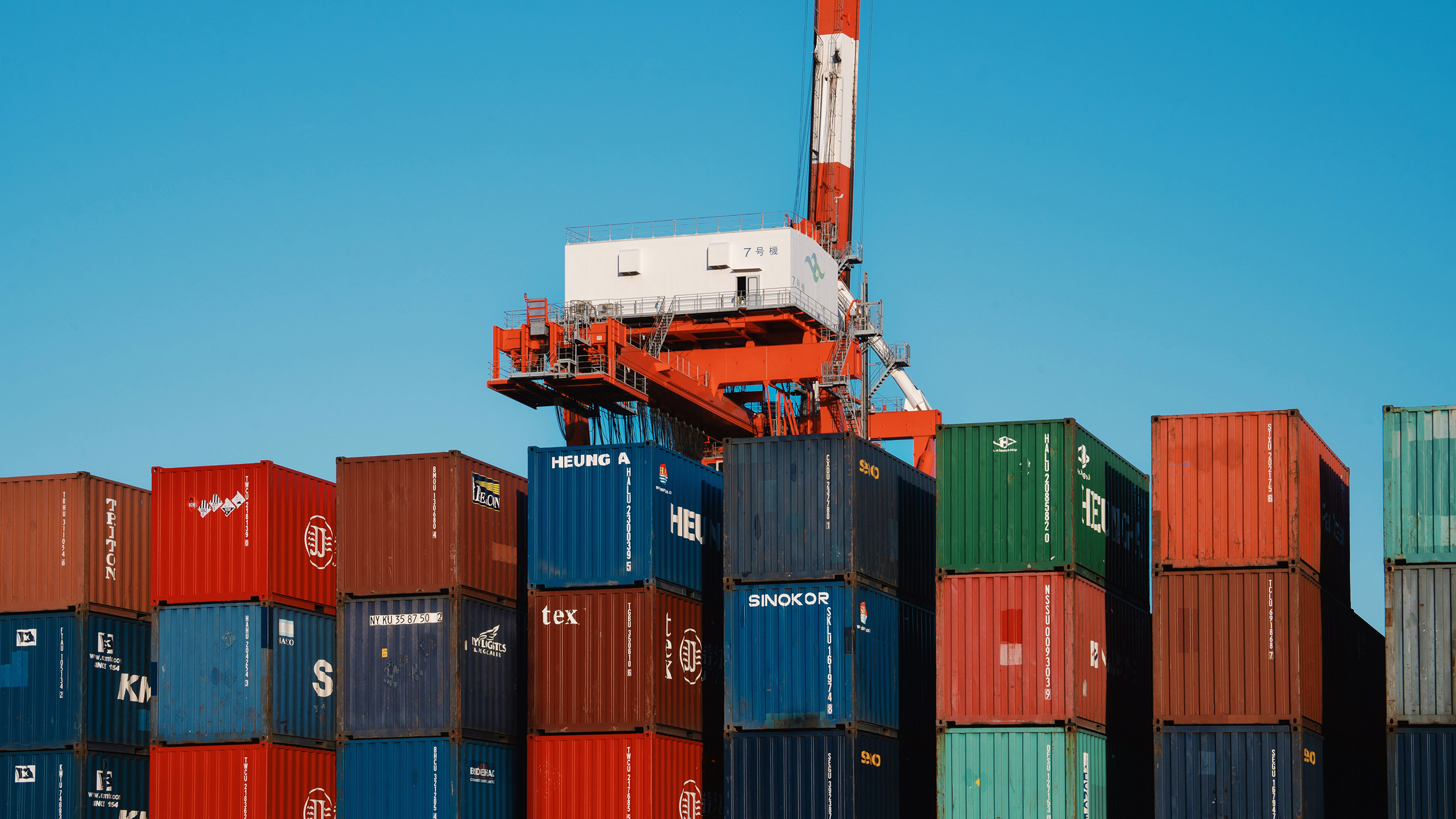
Sign up for smart news, insights, and analysis on the biggest financial stories of the day.
Market bulls won’t be needing a coffee this morning. They’ll be getting more than enough stimulus from the news rolling in from Switzerland.
The United States and China unexpectedly announced this morning that weekend trade talks between officials in Geneva produced a seismic breakthrough: Both sides have agreed to draw down so-called reciprocal tariffs on imports by 115 percentage points. According to the White House, both countries will retain a 10% additional tariff.
‘A Dream Scenario’
Hong Kong’s Hang Seng Index rose 3% on Monday and S&P 500 futures are up roughly the same this morning, in anticipation of an optimism-fueled trading session. Investors in particular celebrated a joint statement from US and Chinese officials recognizing “the importance of a sustainable, long-term, and mutually beneficial economic and trade relationship” — a clear indication that both sides are determined to secure a lasting deal as negotiations continue during their 90-day truce.
The pause will also provide relief for foreign ministries and government agencies embroiled in a game of whack-a-mole to combat increasing fraud to get around escalating tariffs. Douyin (TikTok’s Chinese mainland name) and other Chinese social media platforms have become rife with advertisements for so-called origin-washing services where goods are shipped to a stopover country, such as Vietnam or Cambodia, to conceal where they originated.
At the same time, corporate giants have been pouring investments into “connector” countries that act as intermediaries between trade hubs like the US and China, or China and Europe. Think workarounds backed by big money:
- Bloomberg Economics in 2023 identified five in-betweeners: Indonesia, Mexico, Morocco, Poland, and Vietnam. Together, they represent about 4% of global gross domestic product, but have attracted a little over 10%, or $550 billion, of all greenfield investment since 2017, the data show.
- Lately, Chinese electric vehicle makers and battery producers have poured billions into Morocco, which has a free-trade agreement with the European Union and is ideally located for moving goods.
Treasury Secretary Scott Bessent, speaking in Geneva, suggested Monday that the shifting of supply chains or shipping routes — illicit or otherwise — may not be warranted. “The consensus from both delegations is neither side wants to be decoupled,” he told a press conference. In the joint statement, both sides said they will develop “a mechanism to continue discussions about economic and trade relations.”
In a note, Wedbush analyst Dan Ives said “the baseline view heading into the weekend was some de-escalation of US/China tariffs and the agreement for more talks” but that markets ended up with “a dream scenario this morning.”
The (Temporary) Lay of the Land: Amid the 90-day pause, Trump’s 20% fentanyl-related tariffs on China, imposed in February and March, will remain. That means Chinese goods entering the US will face a 30% tariff, down from 145%, while US goods going the other way will be subject to a 10% levy from Beijing, down from 125%.
